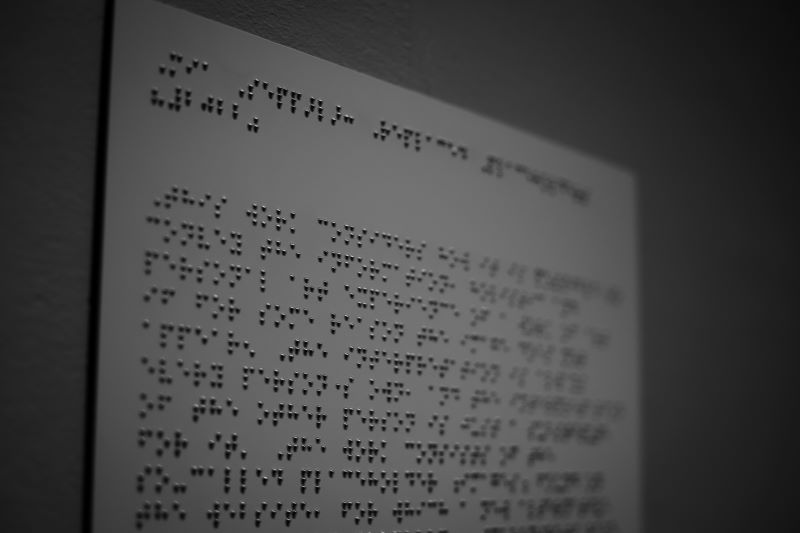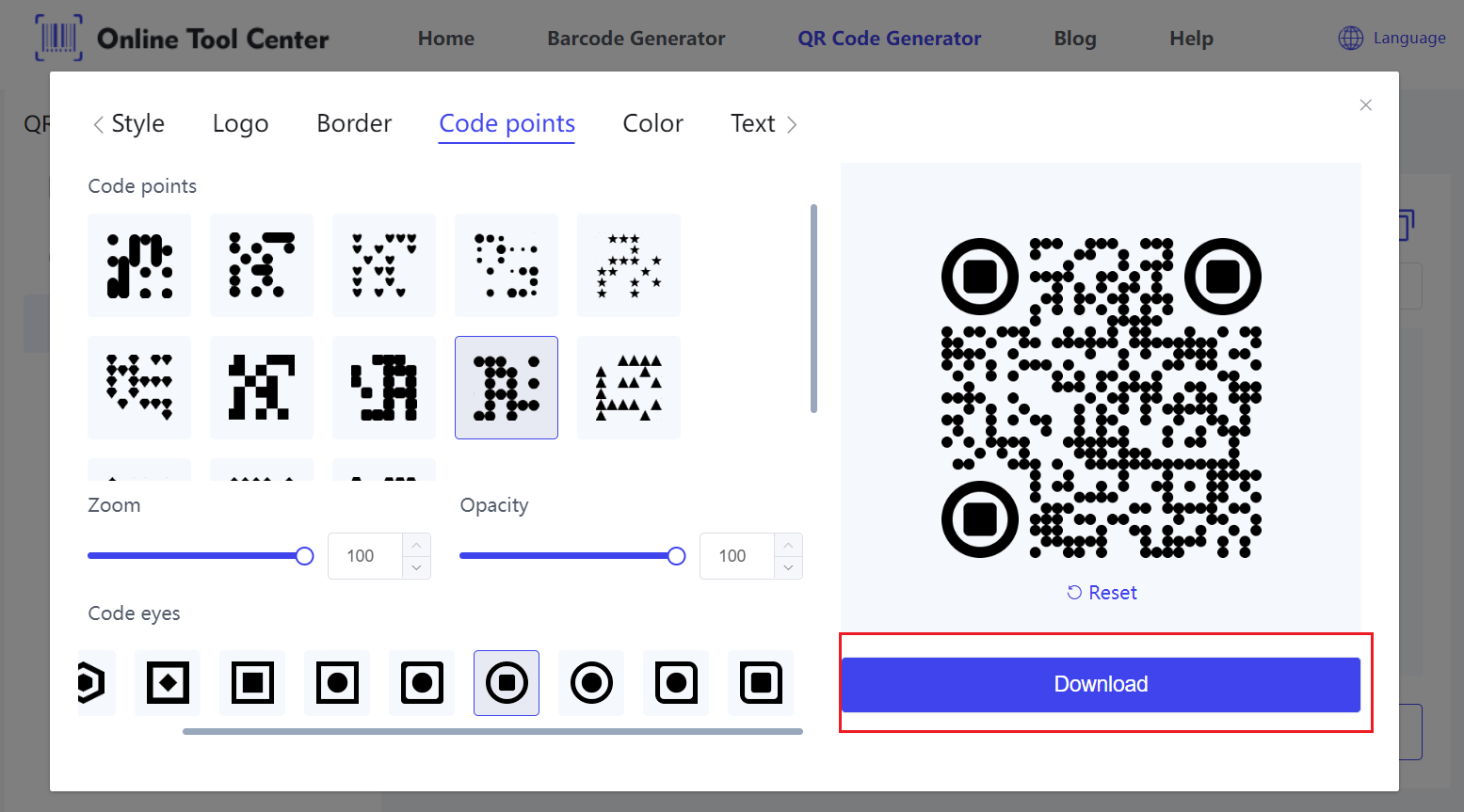For visually impaired individuals, the benefits of QR codes are limited unless coupled with accessible features. This is where Braille QR codes come into play, merging tactile reading with digital convenience to enhance accessibility for all.
What are Braille QR Codes?
Braille QR codes are a novel integration of traditional QR codes with Braille, the tactile writing system used by visually impaired individuals. These hybrid codes are designed to be both readable by standard QR code scanners and touch-interpreted by those who use Braille.
The primary purpose of Braille QR codes is to bridge the gap between digital information and tactile reading.
By embedding Braille dots alongside the QR code patterns, these codes ensure that visually impaired individuals can access the same information as sighted individuals, fostering inclusivity and independence.
For visually impaired individuals, accessible technology can be life-changing.
It enhances independence, providing easier access to information and services that many take for granted.
Braille QR codes, in particular, can transform everyday experiences, from navigating public spaces to shopping independently.

How Do Braille QR Codes Work?
Technical Composition
Braille QR codes integrate Braille dots with the matrix pattern of standard QR codes. The Braille dots are positioned in such a way that they do not interfere with the QR code's readability by digital scanners. This dual functionality ensures that both sighted and visually impaired individuals can access the encoded information.
Scanning Process
Devices equipped with QR code scanning capabilities can read the QR portion of the code, while the Braille dots can be interpreted by touch. Some advanced applications are also being developed to scan and vocalize Braille QR codes, offering a seamless experience for visually impaired users.
Applications of Braille QR Codes
1. Public Spaces
Transportation: Braille QR codes can be placed at bus stops, train stations, and airports to provide schedule information and wayfinding assistance.
Government Buildings: Public offices and facilities can use Braille QR codes to enhance accessibility, ensuring that all citizens can access important information and services.
2. Commercial Use
Retail: Stores can use QR code braille on product packaging, offering details on pricing, promotions, and product descriptions.
Hospitality: Restaurants can incorporate Braille QR codes into menus, while hotels can use them for room guides and service directories.
3. Education
Schools and Universities: Braille QR codes can make learning materials and campus navigation more accessible for visually impaired students.
Libraries: Catalogs and book information can be easily accessed using Braille QR codes, enhancing the library experience.
How to Create Braille QR Codes?
Creating Braille QR codes is simple with a free QR code generator.Here's how to do it:
1. Visit a free online QR code generator.
2. Enter Information and Create: In the provided text box, input the text or URL you want to encode into the QR code.
3. Customize the QR Code:
Choose Size and Color: Select the size and color for your QR code to ensure high contrast and readability.
Adjust Braille Placement: If available, adjust the placement of Braille dots to ensure they do not overlap with the QR code pattern.
4. Download: Click the "Download" button, and the tool will process your input and produce a downloadable image file.

5. Download and Print: Once the Braille QR code is downloaded the image file. Print the code on durable, tactile-friendly materials to ensure the Braille dots remain readable by touch.
Best Practices
To ensure readability and functionality:
● Contrast and Size: Use high-contrast colors and ensure the QR code is large enough to accommodate Braille dots without crowding.
● Placement: Position Braille QR codes at a height accessible for touch.
● Testing: Always test your Braille QR codes with visually impaired individuals to ensure usability.
Case Studies
Example 1: A city in the Netherlands implemented Braille QR codes in its public transportation system, allowing visually impaired commuters to easily access route information and schedules.
Example 2: A major retail chain in the United States enhanced customer experience by adding Braille QR codes to its product labels, receiving positive feedback from visually impaired shoppers.
Feedback from Visually Impaired Individuals: Users have reported significant improvements in their ability to navigate public spaces and access information independently.
Companies that have adopted Braille QR codes have seen increased customer satisfaction and loyalty, highlighting the business benefits of accessibility initiatives.
In conclusion, braille QR codes represent a significant step forward in making digital information accessible to visually impaired individuals.
By combining the tactile elements of Braille with the convenience of QR codes, we can promote inclusivity and independence.
Businesses and individuals are encouraged to embrace this technology, using a free online generator to create Braille QR codes and support a more accessible world for everyone.
FAQs
1. What is a Braille QR Code?
A Braille QR code is a standard QR code integrated with Braille dots, making it readable by both QR scanners and visually impaired individuals through touch.
2. How can Braille QR codes improve accessibility?
Braille QR codes provide visually impaired individuals with direct access to digital information, enhancing their ability to navigate, shop, and learn independently.
3. Are Braille QR codes compatible with all devices?
Yes, Braille QR codes are designed to be readable by standard QR code scanners. The Braille component requires tactile reading.




